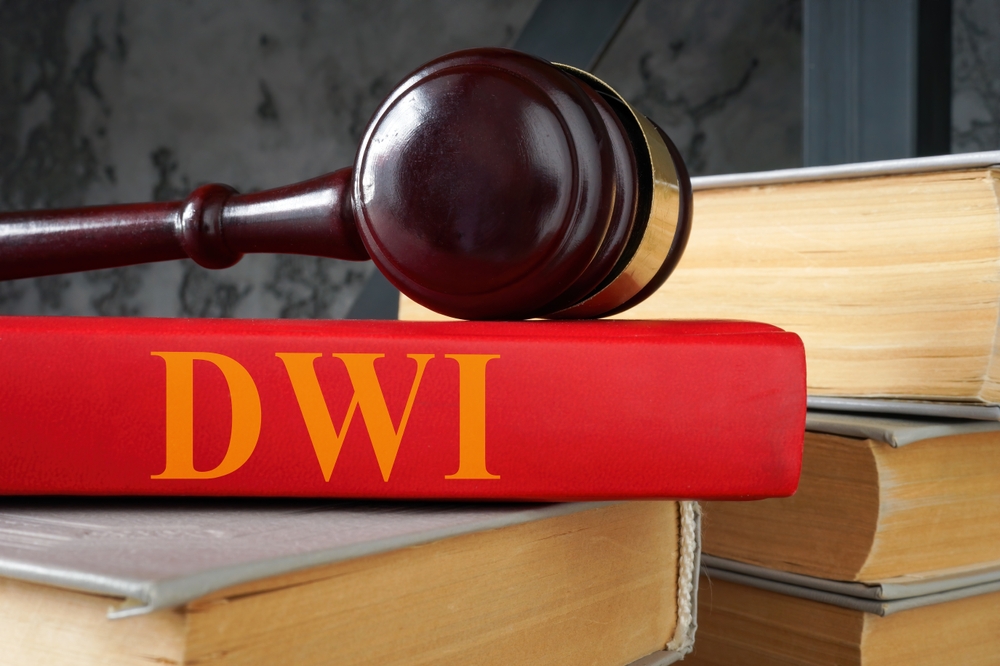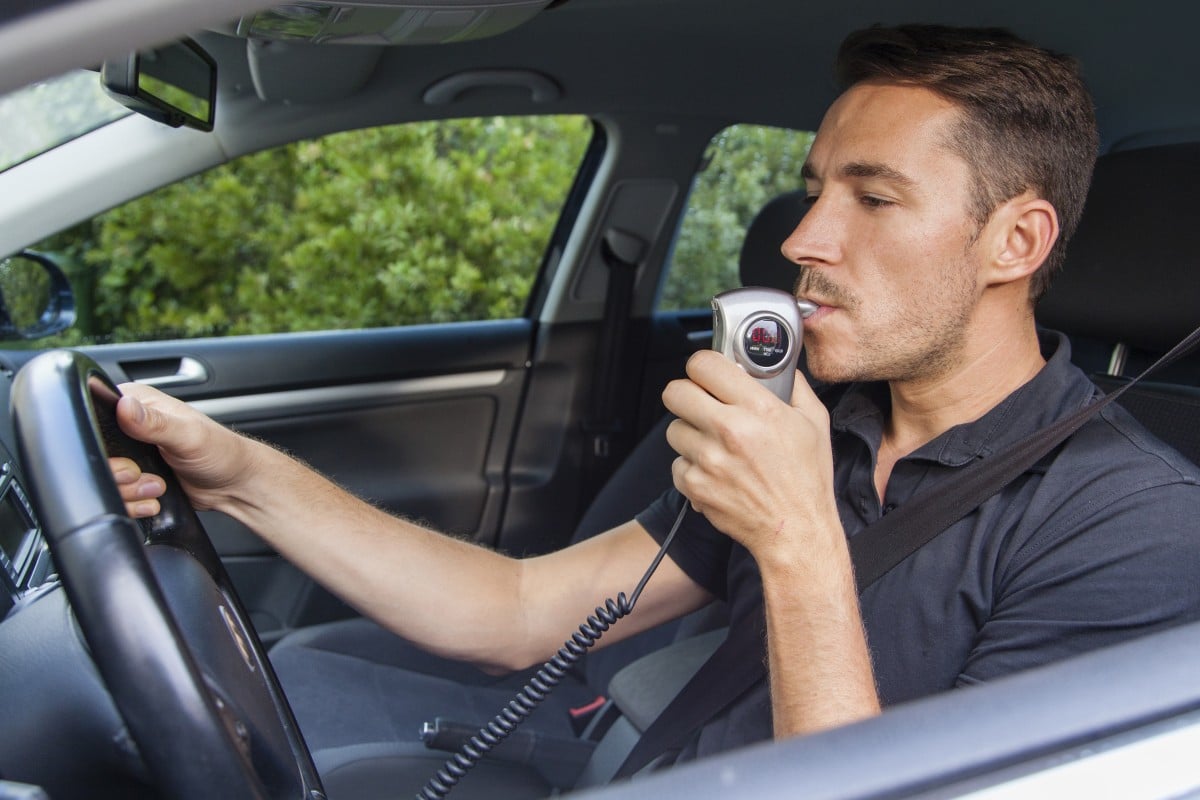When facing drunk driving charges, classification matters—a lot. Understanding a DWI vs B DWI could mean the difference between manageable penalties and harsh consequences like jail time, steep fines, and extended license suspensions. While both offenses fall under the broader category of driving while intoxicated, the court’s treatment, potential penalties, and long-term effects vary greatly between the two. Grasping the differences early can significantly influence the legal strategy and outcome of your case.
In this detailed breakdown, we’ll unpack how a Class A DWI differs from a Class B DWI in court and penalties, explore why the distinction matters, and explain how your defense should adjust accordingly. You’ll find relatable examples, smart legal insights, and a real-world explanation of how a DWI escalates from Class B to Class A—and why that escalation can alter your future. Understanding these nuances can help you prepare more effectively and avoid preventable missteps.

What Is a Class B DWI? The Starting Point for Most First-Time Offenders
In Texas and several other states, a Class B DWI represents the default charge for a first-timeDWI arrest. Typically, this applies when a driver is pulled over, fails a breath or blood test, and registers a BAC between 0.08% and 0.149%. That margin may seem small, but it’s enough to trigger criminal prosecution. Even without causing an accident or showing extreme intoxication, a driver can still face serious legal trouble for simply crossing the legal threshold.
A Class B misdemeanor may sound less severe compared to other charges, but it carries significant consequences that can reshape your life. The charge often marks the beginning of a criminal record, which can impact housing, employment, and future interactions with law enforcement.
Penalties for Class B DWI:
- Jail time: Minimum of 72 hours, up to 180 days
- Fines: As high as $2,000 (excluding court and administrative costs)
- License suspension: Up to 1 year
- Ignition Interlock Device (IID): Sometimes required, especially with probation
- Criminal record: A lasting mark unless you qualify for sealing or expungement
Let’s now look at what triggers a charge elevation—what shifts a Class B DWI into the more severe Class A category.
When a DWI Becomes a Class A Misdemeanor
Courts elevate a DWI to a Class A misdemeanor under specific circumstances. This legal upgrade reflects a more dangerous behavior pattern or an increased threat to public safety.
Common Reasons for a Class A DWI Charge:
- Second DWI offense within a designated look-back period (usually 5 to 10 years)
- BAC at or above 0.15%, even for first-time offenders
- Operating a vehicle under an ignition interlock device restriction
- In some jurisdictions, non-serious crashes or putting minors at risk may trigger a Class A upgrade
Penalties for Class A DWI:
- Jail time: As much as 1 year
- Fines: Can reach $4,000
- License suspension: Up to 2 years
- Longer, more restrictive probation and increased court involvement
- Ignition Interlock Device: Mandatory for most Class A cases

In the analysis of a DWI vs B DWI, a Class A charge isn’t merely a tougher version—it implies the driver has posed a higher public risk. The court’s sentencing framework reflects that perception with increased penalties and closer scrutiny.
Story Time: Michael and Luis – A Tale of Two DWIs
To better understand the real-life impact of these charges, let’s look at two scenarios.
Luis: Charged with a Class B DWI
Luis, a 25-year-old graduate student, left a weekend BBQ thinking he was sober enough to drive. A routine traffic stop revealed his BAC was 0.10%. He had no prior convictions and showed full cooperation with officers.
As a result, Luis was charged with a Class B DWI. After attending a DWI education program, paying his fines, and successfully completing probation, he faced a license suspension. However, he avoided jail time and retained his job.
Michael: Facing a Class A DWI
Now consider Michael, a 39-year-old father of two. He had a prior DWI two years earlier but managed to avoid incarceration. This time around, he registered a BAC of 0.18% after being pulled over.
Prosecutors charged Michael with a Class A DWI due to the prior offense and his significantly elevated BAC. He served jail time, paid steeper fines, endured stricter probation conditions, and had to use an ignition interlock device for two years. On top of that, the charge complicated his custody arrangement and affected his employment opportunities.
This contrast shows exactly why a DWI vs B DWI matters. One path may allow a second chance, while the other can leave lasting damage across multiple areas of life.
The Role of BAC: Why 0.15% Is a Legal Turning Point
A driver’s BAC reading above 0.15% often serves as a catalyst for escalating a DWI charge. That level is nearly double the legal limit and signals to courts a dangerous level of intoxication.
Even first-time offenders can be treated as high-risk if their BAC crosses this threshold.
In Court, That Means:
- Judges may deny probation, leaning toward jail time
- Prosecutors push for stricter penalties based on BAC evidence
- Ignition interlock installation becomes non-negotiable
- Courts consider you a greater public threat, even if no crash occurred
In other words, BAC results shape how a DWI vs B DWI classification plays out in court and sentencing.
Courtroom Strategy: Defending Class A vs Class B DWI
Defense strategies for Class B DWIs focus on minimizing penalties and protecting a clean record. For Class A DWIs, the stakes are much higher, and the defense must be more aggressive and comprehensive.
Strategies for Class B DWI Defense:
- Challenge the traffic stop’s legality
- Question breathalyzer reliability
- Argue minimal impairment or poor field sobriety testing
- Negotiate for probation or deferred adjudication
Strategies for Class A DWI Defense:
- Show time gap since previous conviction to reduce repeat-offender bias
- Enroll in rehab or alcohol counseling to demonstrate responsibility
- Challenge BAC test accuracy, especially if health issues could skew results
- Plead for probation, even when jail time is on the table
Legal representation becomes more crucial as the charges escalate. The distinction between how a Class A DWI differs from a Class B DWI in court and penalties isn’t just academic—it shapes the actual defense path you must take.
Collateral Consequences: What Happens After Sentencing
Although court outcomes draw the spotlight, the long-term damage from a DWI often appears in less visible but equally devastating ways.
Class B DWI Fallout:
- Can cause minor issues with job applications (though some employers are lenient)
- Moderate insurance increases, depending on age and policy
- License restrictions may be easier to resolve
- Sealing or expunging the record might be possible, depending on state law
Class A DWI Fallout:
- Severe impact on professional licenses (teachers, nurses, CDL drivers)
- Driving privileges may be revoked for long periods
- Fines are higher, and the charge marks you as a repeat offender
- Family court complications, especially in custody battles
- Expungement is harder, and the record often follows you permanently

When comparing a DWI vs B DWI, the Class A charge sticks harder, spreads wider, and leaves more obstacles in your path long after court is over.
Ignition Interlock Devices: Required or Optional?
Ignition interlock rules mark another major line between a DWI vs B DWI. These breathalyzer-equipped devices prevent a vehicle from starting if alcohol is detected.
For Class B DWI:
- Judges may recommend installation during probation
- Some cases avoid the device entirely, especially with low BAC
For Class A DWI:
- Installation is mandatory in most cases
- Devices stay installed longer—up to 2 years after reinstatement
- Probation violations are common when drivers fail interlock tests
This isn’t a minor inconvenience. With Class A DWIs, even daily errands become monitored and court-logged, affecting your freedom and lifestyle.
Insurance Fallout: Financial Consequences That Stick
Insurance providers take DWI charges seriously. The impact on your premiums is both immediate and long-lasting.
Class B DWI Impact:
- Rates can triple, depending on your provider
- Many drivers are dropped and forced to obtain SR-22 high-risk coverage
Class A DWI Impact:
- All the Class B issues—and more
- Extended high-risk insurance requirements
- Higher liability minimums mandated by law
- Limited availability, as many insurers reject repeat offenders

Among all the differences in a DWI vs B DWI, this one drains your bank account the longest.
Final Thoughts: Why This Distinction Matters More Than You Think
Understanding how a Class A DWI differs from a Class B DWI in court and penalties isn’t just a matter of legal language—it’s about preserving your future. From jail time and job loss to financial stress and parental rights, the ripple effects of a Class A DWI run deep and wide.
Class B DWI charges, while serious, often provide room for recovery. With the right legal help, a sincere attitude, and a clean record, it’s possible to move forward. On the other hand, Class A DWI cases send a much stronger message: the court considers you a repeat risk, and they will respond accordingly.
Whether you’re navigating your first arrest or facing a repeat charge, knowing the difference between a DWI vs B DWI empowers you to make informed decisions, pursue the best legal strategy, and protect the life you’ve worked hard to build.

